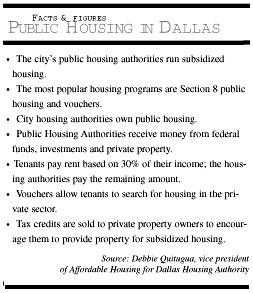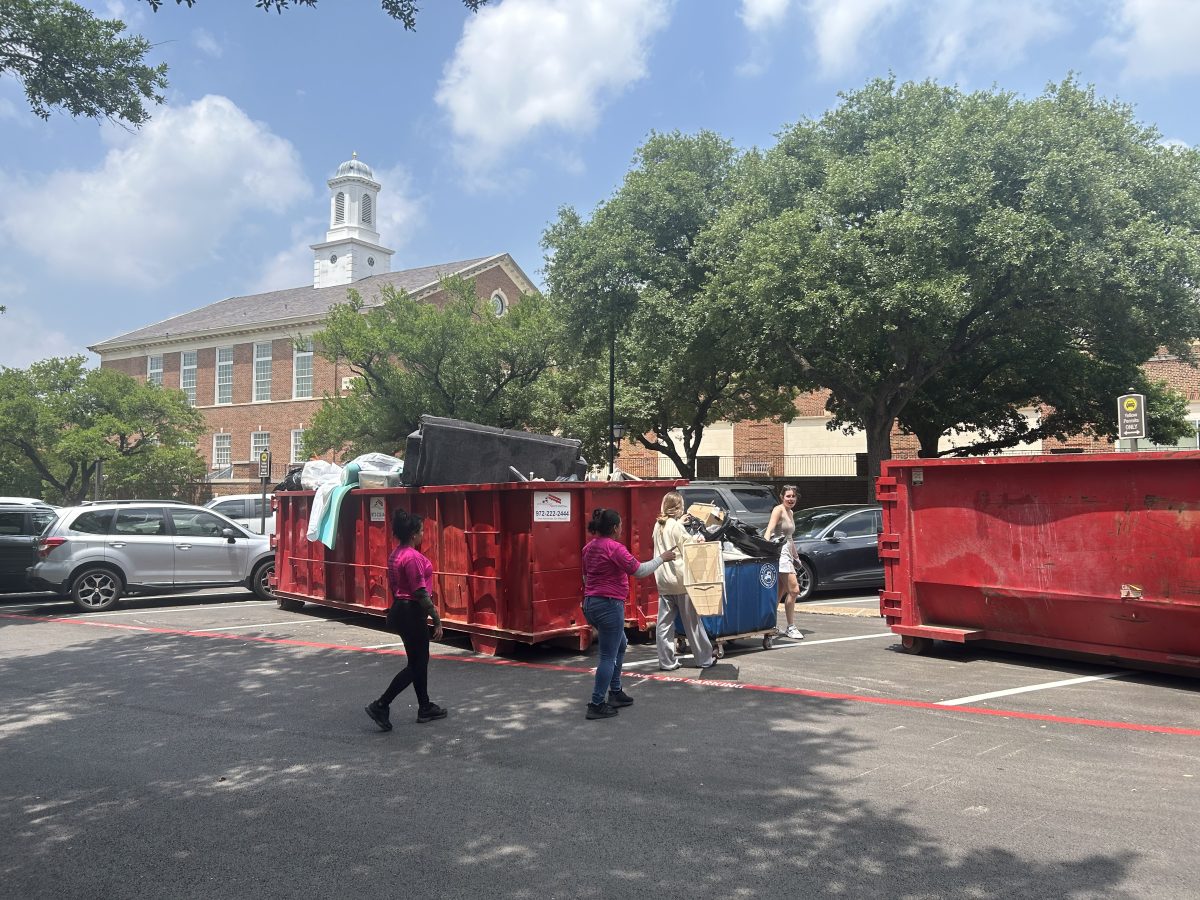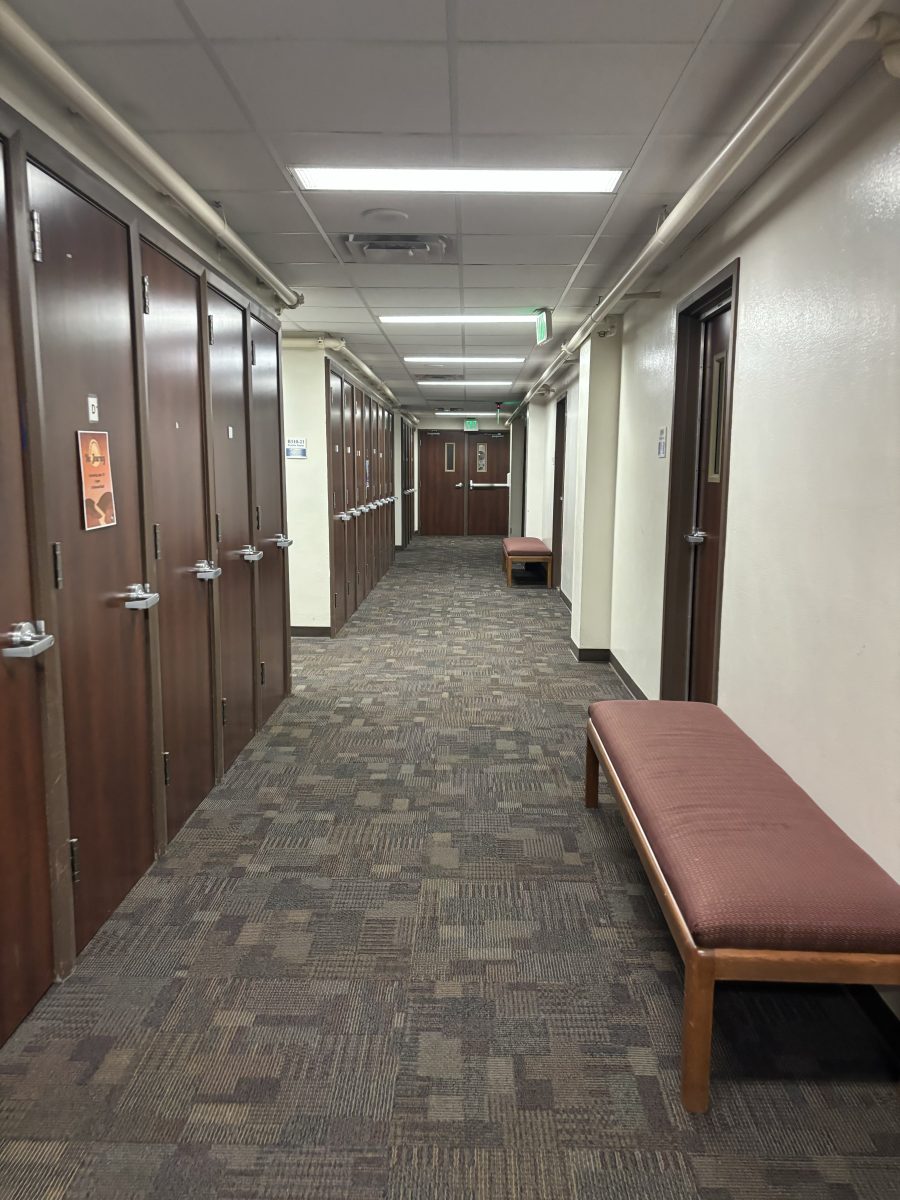
HUD tries to burst Park Cities bubble
When walking around the Park Cities area, students might notice grand houses and tree-lined streets, but they might also notice something else.
Nestled just a few miles north of downtown Dallas, some SMU students have dubbed this area “the bubble.” The perception is partly due to the 97 percent white population in Highland Park and the 94 percent white population in University Park.
This probably won’t change anytime soon.
The Highland Park town council decided again not to participate in Dallas Housing Authority efforts to desegregate predominantly white suburban areas by means of public housing. University Park has no intentions to desegregate either.
Walls run along Central Expressway between Southwestern Boulevard and Mockingbird Lane. Walls also run along the North Dallas Tollway between a similar stretch. That area is the approximate east-west border of the Park Cities.
For some, these send a message of exclusivity to people who live outside the area.
Some think that the lack of diversity in these areas is a drawback.
Sociology professor Anthony Cortese believes that implementing programs that increase diversity benefits the whole community.
“It’s kind of like the idea that two heads are better than one,” Cortese said. “If you have someone with a diverse background, they can probably catch something that someone else missed.”
Cortese teaches the course “Race and Ethnicity in the United States,” which highlights race relations, affirmative action and minority groups. He said that minorities could make great contributions to the Park Cities but are basically being kept out.
First-year dance major Robert Talamantez said that the lack of diversity affects students as well.
“You’re supposed to go to college and experience different perspectives, but when all you see are the same white moms toting their purses and driving their over-sized SUVs, you can’t see very far,” Talamantez said.
Subsidized federal housing began in response to widespread unemployment and poverty during the Depression of the 1930s. Public housing was also used in the 1950s and 1960s to relieve the pressure of overcrowding in older black communities and keep blacks out of white neighborhoods. Some of those housing communities still exist throughout the United States.
The City of Dallas made efforts to help stem discrimination by establishing subsidized housing in predominantly white suburbs in 1990, the U.S. Department of Housing and Urban Development (HUD) investigation reports state.
But these efforts did not extend to the Highland Park or University Park communities.
Highland Park officials had to defend their inaction when a complaint was filed against the city and 27 other Dallas suburbs in 1996.
According to HUD investigation reports, black tenants of DHA’s low-income housing units said that the cities were violating the Fair Housing Act. The Fair Housing Act states that housing cannot be denied on the basis of race, color, gender or disability.
Tenants said that because the cities did not make a deal with DHA to provide low-income housing meant to attract black tenants to predominantly white neighborhoods, they were practicing discrimination.
Despite claims of discrimination, HUD reports showed that Highland Park was not obligated to enter into an agreement with the DHA.
Letters from the housing authority, which have been sent to the Highland Park Town Council for years, only requested that cities enter into a contract. They do not provide any detailed information about implementing the housing program, such as information on funding or property usage.
HUD reports stated that because there was no substantial information provided about the program, the town’s inaction was not racially motivated and therefore didn’t break any laws. Highland Park was cleared of any wrongdoing in October.
Highland Park town manager George Patterson said that the inaction is motivated by economic, not racial factors.
“Any agreement with Dallas would be misunderstood,” Patterson said. “I’ve found no one who thinks that federal subsidized housing would be practical in Highland Park.”
Samuel Sally of the Dallas Housing Assistance Program agrees. He said that the problem with Highland Park lies with high property taxes and house values averaging $400,000.
“[Subsidized housing] is a business. If the subsidy is less than the
[property] taxes, you end up with a negative amount [of money],” Sally said.
The town has taken no action to prevent or advocate any type of low-income development.
The decision lies between private property owners and the housing authority, but there have been no applications to date, Patterson said.








